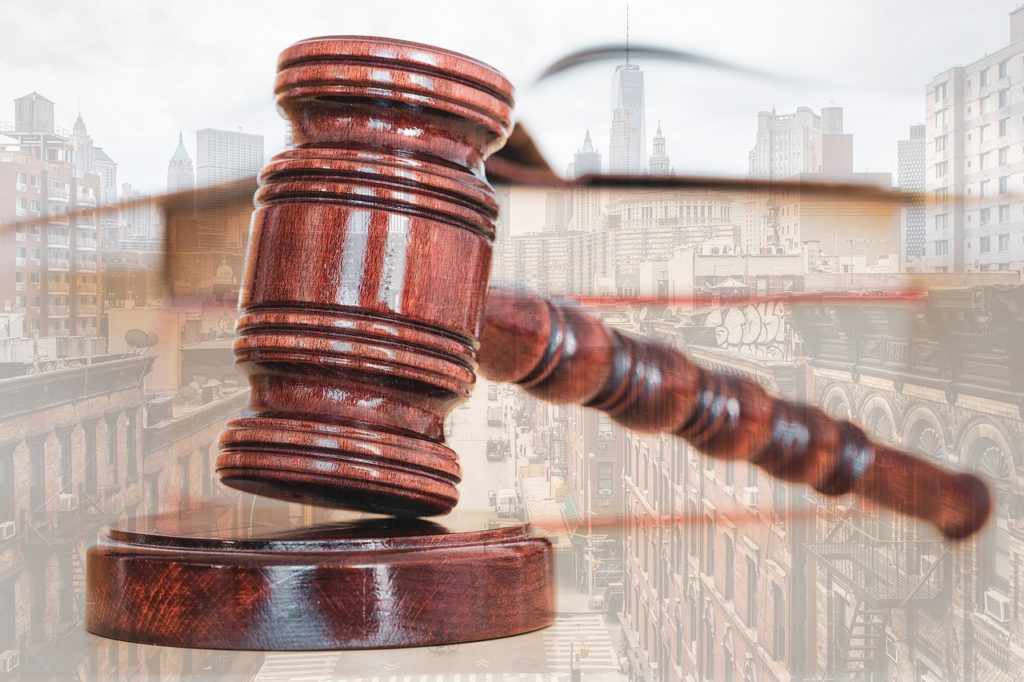Just last week, the Second Circuit offered subrogation litigators a reminder about some negligence fundamentals. While affirming an EDNY summary judgment ruling against an insurer in a fire subrogation case, the Second Circuit took a deeper dive than we’re accustomed to seeing about the why/what/where/when of circumstantial evidence.
The immediate case involved an extension cord-sparked electrical fire in a small New York City market that quickly spread to four neighboring buildings insured by Union Mutual Fire Insurance Company. The insurer paid and subrogated against the owners of the allegedly negligent Ace Caribbean Market.
The trial court granted summary judgment to the Defendants, and the Second Circuit affirmed, because “evidence that a fire may have originated in an extension cord” would not be sufficient to show “that (a) the owners and proprietors were negligent in their use of the extension cords and (b) if they were negligent, that negligence was the cause of the fire.” Union Mut. Fire Ins. Co. v. Ace Caribbean Mkt., No. 21-2653, 2023 U.S. App. LEXIS 8203, at *2 (2d Cir. Apr. 6, 2023).
In rendering its opinion, the Court emphasized that circumstantial evidence can satisfy the causal element of negligence, but the evidence offered must go to a defendant’s negligent action (or inaction) as the cause of the injury. The Defendants were entitled to summary judgment here specifically because Union Mutual’s circumstantial evidence—the fire marshals’ report/observations, testimony the fire originated at Ace Caribbean Market, and testimony that overloaded extension cords can overheat and cause fires—addressed the origin of the fire, but not the Defendants’ conduct as negligent in causing it:
At most, Union Mutual… produced weak circumstantial evidence that something wrong with the extension cords caused the fire. But, even assuming a reasonable jury could so conclude, Union Mutual showed no evidence of negligence whatsoever on defendants’ part, and evidence of causation by itself is not evidence of negligence. See Martin v. Herzog, 126 N.E. at 816 (“We must be on our guard, however, against confusing the question of negligence with that of the causal connection between the negligence and the injury.”).
Id. at *12-13.
The Second Circuit also addressed the doctrine of res ipsa loquitur, which allows for inferring the Defendants’ negligent causation. The Court opined that a res ipsa loquitur theory would not succeed because a fire marshal testified that the electrical fire could have occurred due to a manufacturing defect in the extension cord. Consequently, Union Mutual failed to offer evidence that manufacturing defects were not the negligent cause, and failed to adduce evidence that “the fire was caused by an instrumentality within the requisite control of the defendants, who are the owner and proprietor of the burned building rather than the manufacturer of the extension cords.” Id.at *14-15.
The Union Mutual court was careful to tailor this decision to its application of New York state law in insurance subrogation actions involving electrical fires and extension cords. The content of the opinion makes clear that Second Circuit courts will impose exacting standards for subrogation actions exclusively based on circumstantial evidence.

